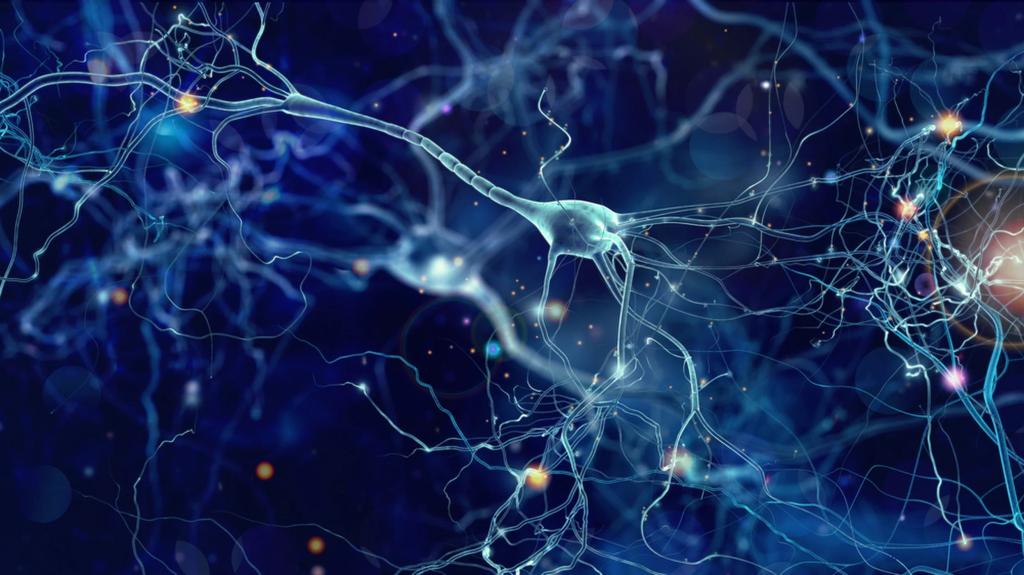Phospholipid metabolism in adipose tissue
Time:2024-01-23
Phospholipid metabolism in adipose tissue is a dynamic and complex process that involves the synthesis, breakdown, and remodeling of phospholipids.Adipose tissue plays a crucial role in energy storage and metabolism, and phospholipids are integral components of cellular membranes and signaling pathways within adipocytes.
Adipose tissue synthesizes phospholipids as part of its normal cellular processes.The de novo synthesis involves the incorporation of fatty acids, glycerol, and polar head groups into phospholipid molecules.
Different classes of phospholipids are present in adipose tissue, including phosphatidylcholine (PC), phosphatidylethanolamine (PE), phosphatidylinositol (PI), and others.Each class has distinct functions in cellular membranes and signaling.
Adipocytes store excess energy in the form of triglycerides within lipid droplets.The membranes of these lipid droplets contain phospholipids that are important for their structure and function.
Adipose tissue undergoes constant remodeling, and this process includes changes in the composition of phospholipids.Enzymes such as phospholipases and acyltransferases are involved in the remodeling of phospholipids.
During lipolysis, triglycerides stored in adipocytes are broken down into fatty acids and glycerol. This process also releases phospholipids, which can serve as signaling molecules or be used for membrane synthesis in other tissues.
Phospholipids in adipose tissue participate in various signaling pathways.For example, phosphatidylinositol 3-kinase (PI3K) signaling is crucial for insulin-stimulated glucose uptake in adipocytes.
Adipose tissue secretes adipokines, which are signaling molecules involved in metabolic regulation. Phospholipids can influence the secretion and function of adipokines.
Phospholipids in adipose tissue can play a role in inflammation and immune responses. Changes in phospholipid composition may influence the release of inflammatory mediators from adipocytes.
As adipose tissue expands, there is an increased demand for lipid synthesis, including phospholipids, to support the growth and function of adipocytes.
Adipose tissue participates in the transport of lipids, including phospholipids, to other tissues. Lipoproteins facilitate the transport of phospholipids in the bloodstream.
Understanding phospholipid metabolism in adipose tissue is important for unraveling the molecular mechanisms underlying energy storage, adipocyte function, and the metabolic health of an organism.Dysregulation of phospholipid metabolism in adipose tissue is associated with metabolic disorders such as obesity and insulin resistance.


 CN
CN





